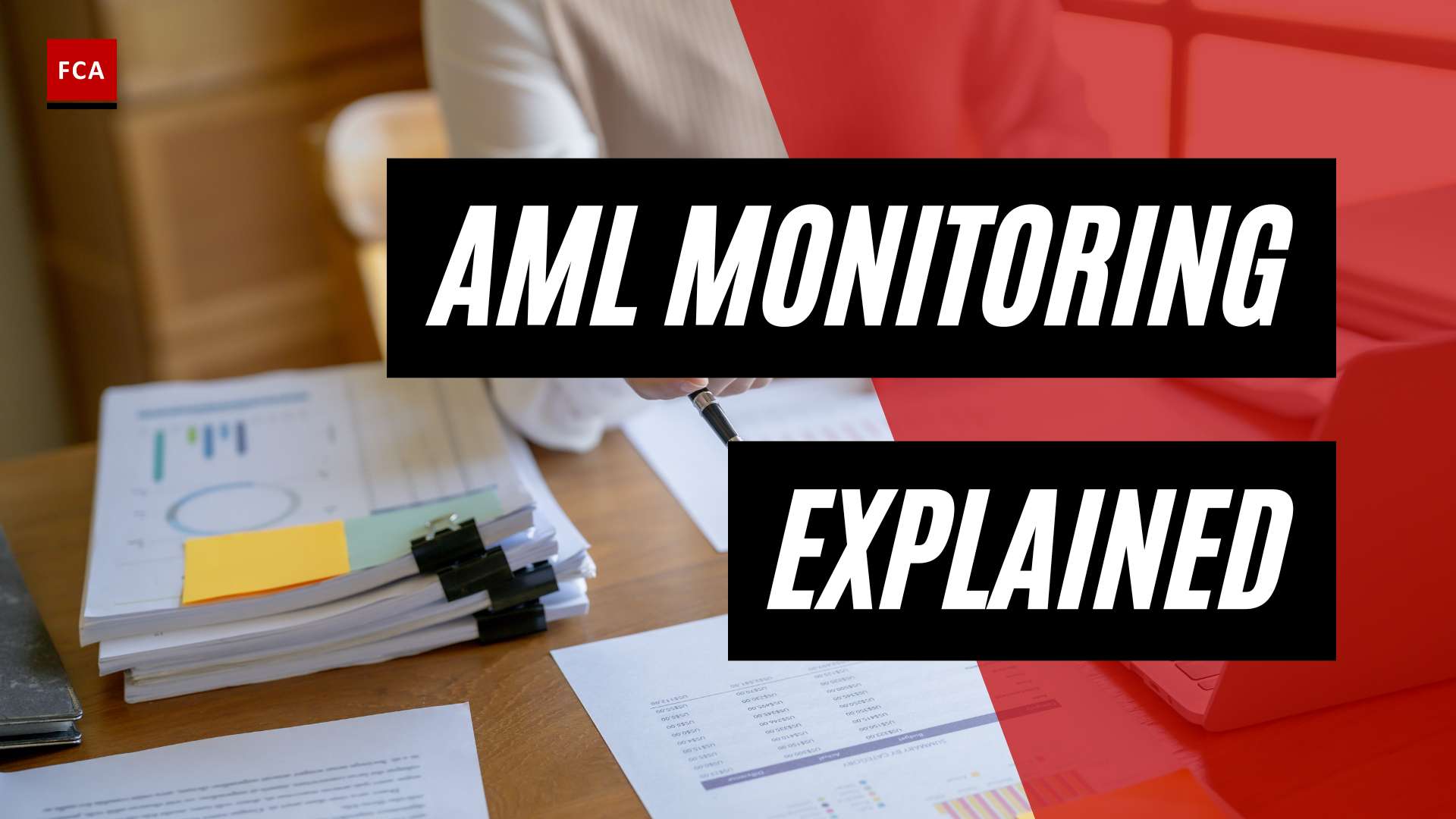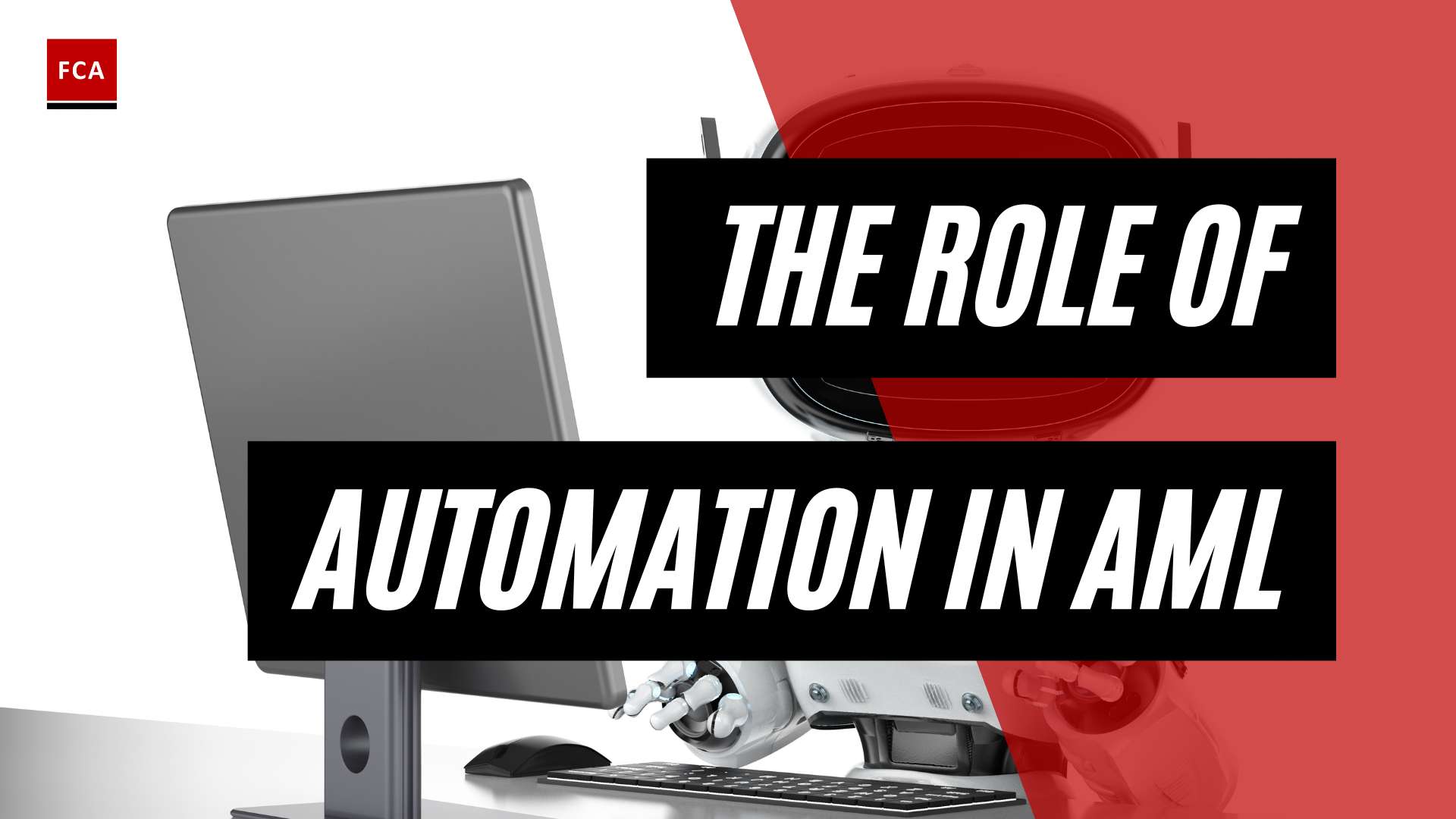Understanding Money Laundering
Money laundering is a complex and clandestine process that criminals use to conceal the illicit origins of their funds. Understanding the mechanics of this process is crucial for professionals working in compliance, risk management, and anti-financial crime.
Definition and Global Impact
Money laundering is a financial crime that involves disguising the origins of illicit money to make it appear as though it came from legitimate sources. The process typically involves three primary stages: placement, layering, and integration.
The global impact of money laundering is staggering, with money laundering schemes estimated to cost 2-5% of the world’s total GDP. This amounts to an estimated $2 trillion annually, according to the United Nations Office on Drugs and Crime (UNODC) ComplyAdvantage.
Money laundering can occur across various industries, from traditional finance and banking to real estate, art, and luxury goods. This broad spectrum poses significant challenges for authorities in detecting and preventing these illicit activities.
Importance of Anti-Money Laundering Efforts
Given the scale and complexity of money laundering, efforts to combat it, commonly referred to as anti-money laundering (AML) efforts, are of vital importance. Understanding the stages of money laundering is crucial for authorities and financial institutions to detect and prevent these illegal activities. Each stage presents different challenges and opportunities for money launderers to conceal the illicit source of funds.
Anti-money laundering efforts involve various strategies and regulations. Key among these is the ‘Know Your Customer’ (KYC) principle. This involves verifying the identity of customers and understanding their financial dealings to ensure they are not involved in money laundering or terrorist financing.
A robust AML framework also includes Customer Due Diligence procedures, monitoring of transactions, and reporting of suspicious activity. Compliance with these regulations helps to maintain the integrity of financial systems and prevent the misuse of financial institutions for criminal activities.
The significance of these efforts cannot be understated. By thwarting money laundering, we can help cut off the financial lifelines of criminals and terrorists, uphold the integrity of financial systems, and promote economic stability and growth. For more information on these efforts, refer to our article on anti-money laundering compliance.
Anatomy of Money Laundering
To fully grasp the concept of money laundering, it is important to understand its distinct stages and the various techniques employed by criminals in each stage. The process of laundering money typically involves three main stages: placement, layering, and integration, which are designed to obscure the illicit origins of funds (Alessa).
Overview of the Stages
The first stage of money laundering is known as placement. This involves introducing “dirty money” into the financial system. Criminals employ various methods to achieve this, such as breaking up large sums of cash into smaller amounts or purchasing monetary instruments like checks or money orders (ComplyAdvantage).
Following placement, the money then enters the layering stage. In this phase, criminals attempt to distance the money from its illegal source through a series of complex financial transactions. This may involve the use of wire transfers, investments in luxury goods, or the creation of shell companies.
The final stage is integration, where the money re-enters the legitimate economy and appears to have been derived from legal sources. This could involve investing in legitimate businesses, real estate, or other assets.
Each of these stages poses unique challenges for law enforcement and financial institutions, necessitating the use of sophisticated tools and techniques to detect and prevent money laundering activities.
Common Money Laundering Techniques
Criminals use a variety of techniques to launder money and make it difficult to trace. In the placement stage, a common method is ‘smurfing’, where large sums of money are broken down into smaller, less suspicious amounts.
During the layering stage, the use of offshore banking and shell companies can create a complex network of transactions, making it difficult to trace the original source of the funds. Cryptocurrencies have also been used for layering due to their pseudonymous nature and global reach.
In the integration stage, one common technique is the purchase of real estate. A criminal can sell a property they own and provide legitimate documentation for the sale, effectively integrating the laundered money into the legitimate economy (Sanctions.io).
These techniques highlight the complexity involved in the stages of money laundering and the need for effective anti-money laundering compliance measures. For detailed examples of money laundering cases, refer to our article on money laundering examples.
Stage One: Placement
The first stage in the process of money laundering, known as the placement stage, is critical and involves the introduction of illicit money into the financial system. This stage seeks to alleviate the criminal from holding large amounts of cash and to make the illicit funds appear legitimate.
Concept of Placement
Placement is the initial step in the three stages of money laundering. It refers to the process of introducing “dirty money” or proceeds of crime into the financial system. The goal of this stage is to relieve the criminal of holding and managing large amounts of illicit cash, and to begin the process of making this money appear legitimate. The risk of detection is typically highest at this stage, as large volumes of cash can raise suspicion and trigger reporting mechanisms, such as those related to know your customer.
Techniques in the Placement Stage
Money launderers employ a variety of techniques during the placement stage to avoid detection.
-
Smurfing: This involves many individuals, known as “smurfs,” who exchange illicit funds for items like traveler’s checks, bank drafts, or deposits into savings accounts. These transactions are often conducted in smaller amounts to avoid triggering reporting thresholds.
-
Currency Smuggling: Illicit cash is physically moved to another jurisdiction, often a tax haven, and deposited into a financial institution there, taking advantage of offshore banking facilities.
-
Blending Funds Using Legitimate Cash-Focused Businesses: Illicit funds are co-mingled with legitimate business earnings, making it difficult to distinguish clean money from dirty. Cash-heavy businesses, such as casinos, car washes, and restaurants, are often misused in this manner.
-
Loan Repayment and Currency Exchanges: Illicit funds are used to repay loans or exchanged for different currencies to further disguise their origin.
These techniques aim to make the illicit funds as unnoticeable as possible within the financial system, setting the stage for the next step in the money laundering process: the layering stage.
Identifying and understanding these techniques is vital for professionals working in compliance, risk management, and anti-money laundering to detect and prevent these illicit activities. For more insights and examples of money laundering, visit our page on money laundering examples.
Stage Two: Layering
The layering stage is the second of the three stages of money laundering, following the placement stage. It is during this stage that money launderers attempt to distance the illicit funds from their original source, creating obfuscation and complexity to hinder detection and tracing.
Understanding Layering
Layering involves the complex and international movement of funds to separate the illicit money from its source, obscuring the audit trail and severing the link with the original crime. The primary goal of this stage is to make the source of illicit funds more difficult to trace by disguising their origin through intricate financial transactions, multiple transfers, and complex business activities.
In this stage, the money launderers exploit loopholes in legislation, delays in cooperation, and movement across borders to create a complex web of transactions that are difficult to unravel and trace back to the original illegal activity.
Layering Methods and Challenges
The layering stage involves moving laundered money through various financial transactions to obscure its source. This could involve investments, holding companies, or multiple global bank accounts, often facilitated through offshore banking. Criminals may also make use of shell companies and techniques like wire transfers to further distance the funds from their illegal source.
In recent times, criminals have also begun using layering tactics to disguise the origins of funds in cryptocurrencies. This adds an additional layer of complexity to the layering stage, as the anonymity and decentralized nature of cryptocurrencies make it even more challenging to trace the source of the funds.
The layering stage presents significant challenges to law enforcement and financial institutions. The complexity of the transactions and the international nature of money laundering activities can make it difficult to detect and trace the flow of illicit funds. Moreover, money launderers often exploit gaps in legislation and anti-money laundering compliance controls, making it difficult to prevent and detect these activities.
To effectively combat money laundering, it is crucial for professionals in compliance, risk management, and anti-financial crime to understand the various methods and techniques used in the layering stage. This knowledge, combined with robust customer due diligence procedures and Know Your Customer (KYC) policies, can help in detecting and preventing money laundering activities.
Stage Three: Integration
The final stage in the money laundering process is integration. In this stage, fraudsters reintroduce the ‘clean’ money back into the legitimate economy, making it difficult to trace back to its illegal origins.
The Goal of Integration
The goal of integration in money laundering is to allow criminals to freely spend the laundered proceeds, secure in the belief that their illegal activities cannot be traced. This is achieved by creating a sense of legitimacy around the funds, making it seem as though they were derived from legal sources.
Integration follows the layering stage of money laundering, where illicit money is obscured through complex transactions and transfers. Successful integration means that these funds have been effectively disguised and can now be used without raising suspicions.
Integration Techniques and Detection
Integration techniques involve making transactions that appear normal for individuals or businesses. Examples include returning money to central accounts via electronic transfers, selling foreign financial products, purchasing high-end assets, engaging in business-related scams, participating in casino exchanges, and committing life insurance fraud (Unit21).
In addition, criminals may use methods such as creating fake businesses and employees, investing in genuine companies, and using gambling or life insurance fraud as channels to reintegrate illicit money into the economy.
Cryptocurrencies have also become a popular tool for integration. In 2022, an estimated $23.8 billion in digital currency was transferred through illicit addresses as part of money laundering activities.
Despite the complex nature of these techniques, detection is possible through vigilant anti-money laundering compliance practices. Financial institutions play a crucial role in detecting suspicious patterns of transactions. Effective customer due diligence and know your customer (KYC) procedures can help identify potential signs of money laundering at the integration stage.
By understanding the stages of money laundering, especially the integration stage, compliance professionals can better detect and prevent these illicit activities. For more insights and real-world money laundering examples, explore our other articles on this topic.
Anti-Money Laundering Strategies
The fight against money laundering requires a concerted effort from various stakeholders, including governments, regulatory bodies, and financial institutions. This section delves into the anti-money laundering (AML) regulatory framework and the role of financial institutions in combating money laundering.
AML Regulatory Framework
International cooperation and regulations play a crucial role in combating money laundering. To address international impediments in money laundering investigations, countries have collaborated to develop model legislation and multilateral agreements. Information sharing through organizations like the Financial Action Task Force (FATF) is another crucial aspect of this collaboration.
Despite these efforts, authorities face challenges due to unwillingness to cooperate or regulatory limitations in different jurisdictions, leading to the need for enhanced international efforts to combat money laundering. Understanding the stages of money laundering, from placement to layering and integration, is crucial for improving these regulations and making them more effective.
Role of Financial Institutions in AML
Financial institutions play a pivotal role in preventing and detecting money laundering activities. This involves implementing robust AML compliance programs, conducting customer due diligence (CDD), and reporting suspicious transactions.
Institutions should have a strong understanding of the stages and techniques of money laundering, as this knowledge can help identify suspicious activities. For example, a large cash deposit may indicate the placement stage, while rapid international wire transfers involving shell companies could suggest layering.
CDD measures, including Know Your Customer (KYC) procedures, are crucial for identifying the beneficial owners of funds and understanding customer behavior. These measures can help detect anomalies that may indicate money laundering.
Furthermore, financial institutions should foster a culture of compliance, where employees at all levels understand their role in preventing money laundering and are trained to identify and report suspicious activities.
By adhering to the regulatory framework and actively participating in AML efforts, financial institutions can play a significant part in mitigating the risks associated with money laundering and preserving the integrity of the global financial system. For more insights on the role of financial institutions in AML, refer to our article on anti-money laundering compliance.








